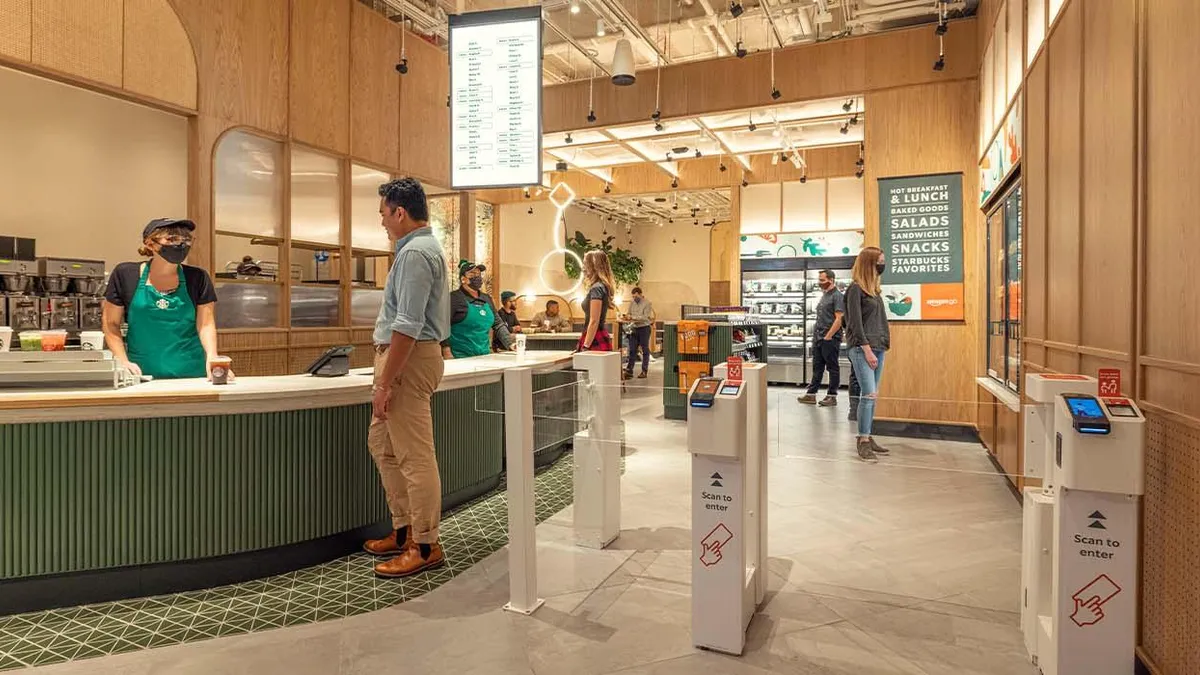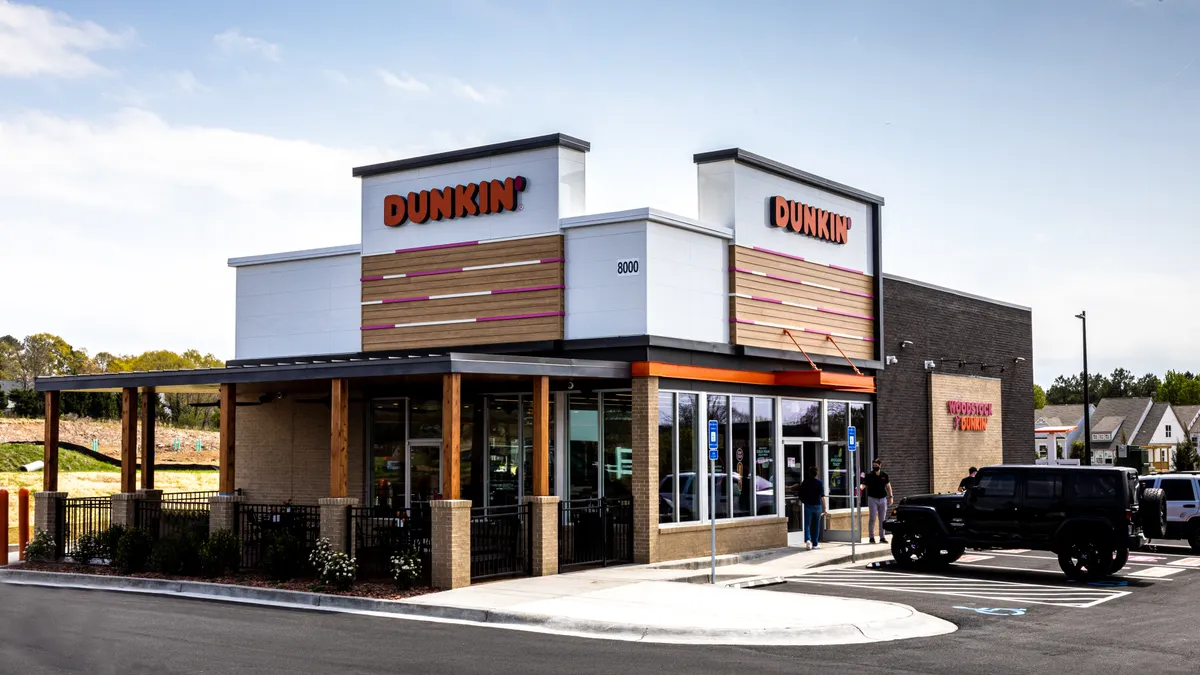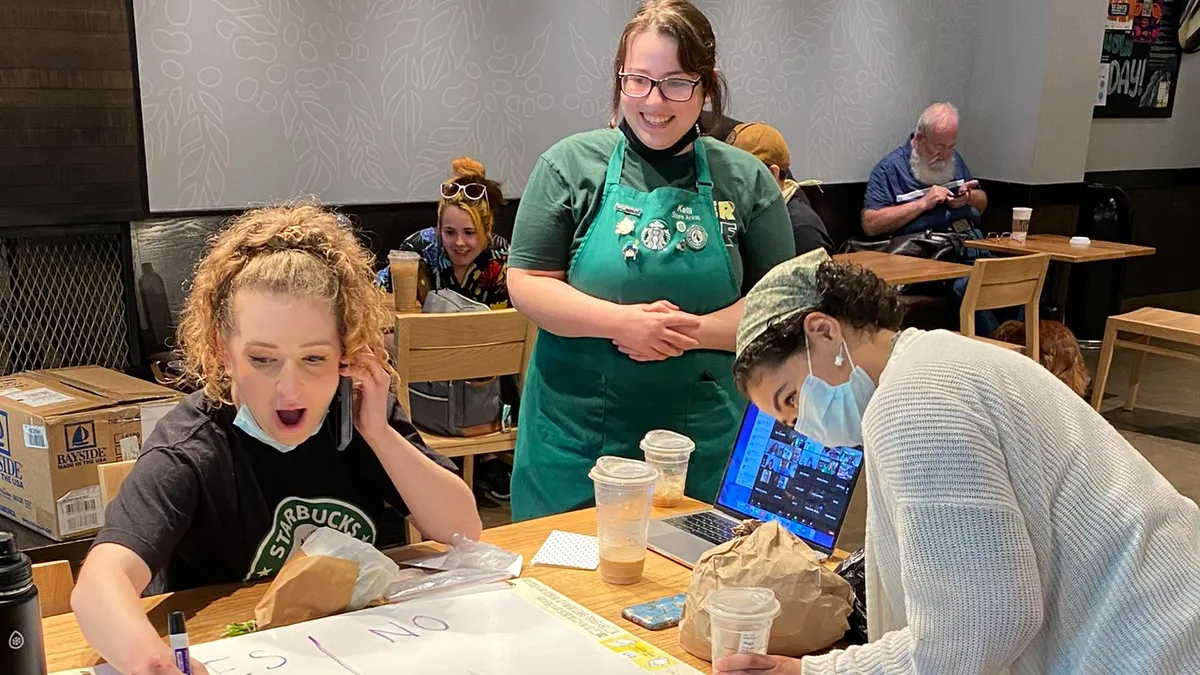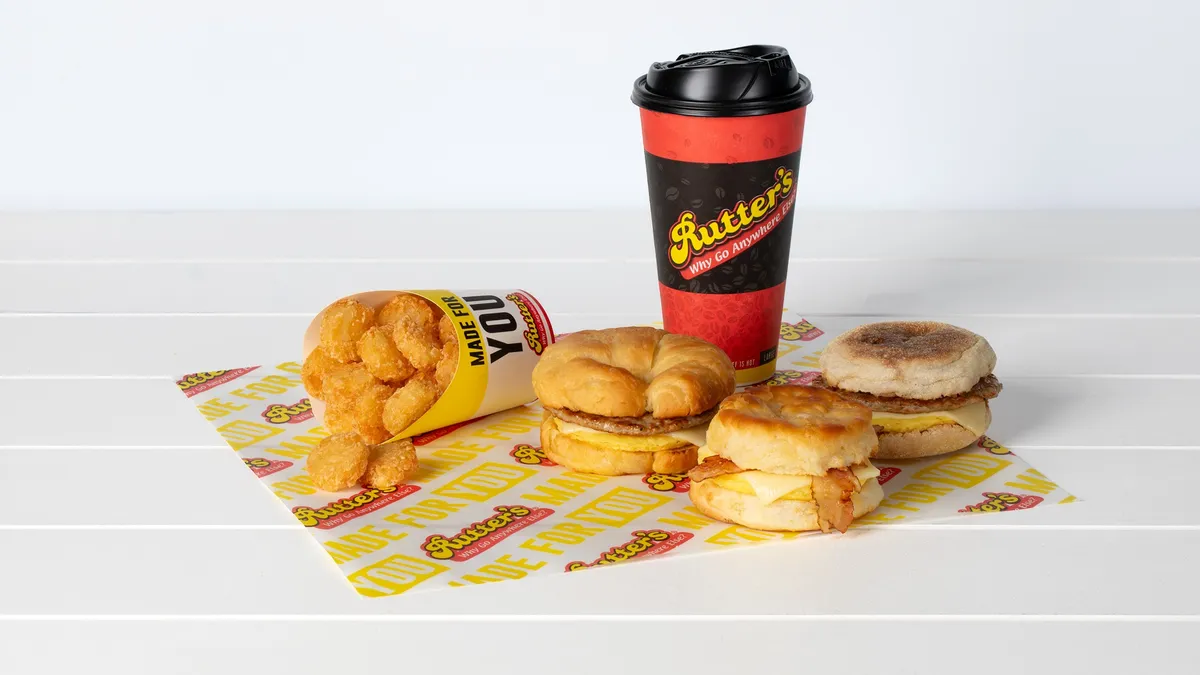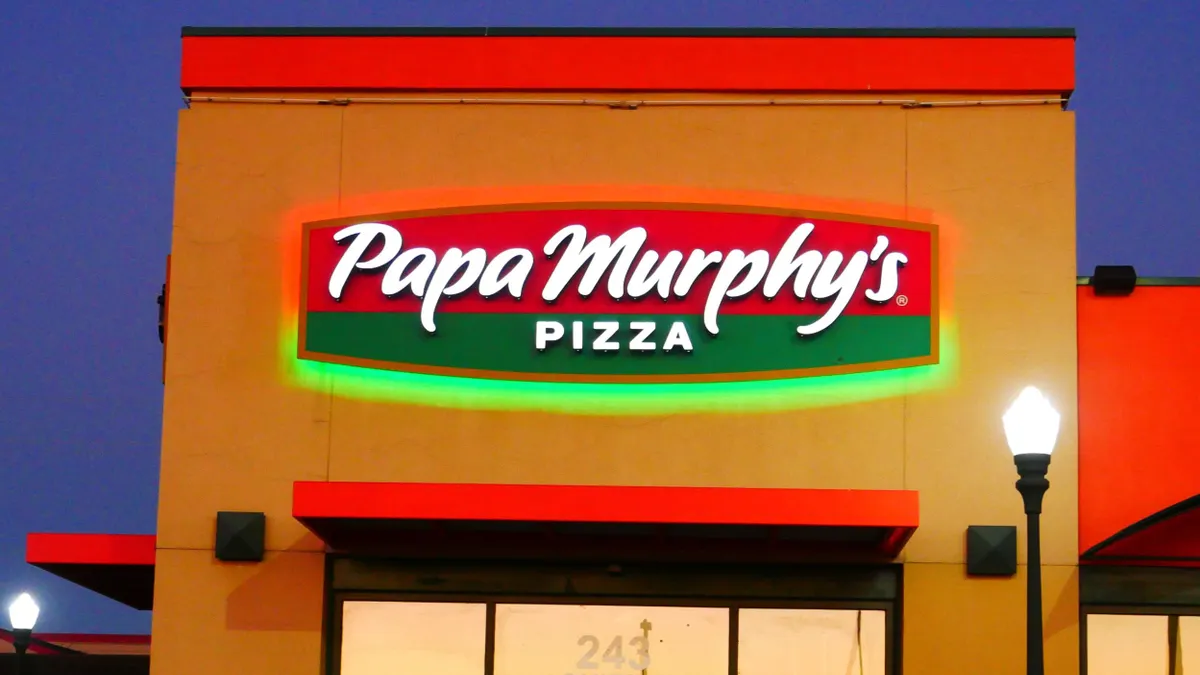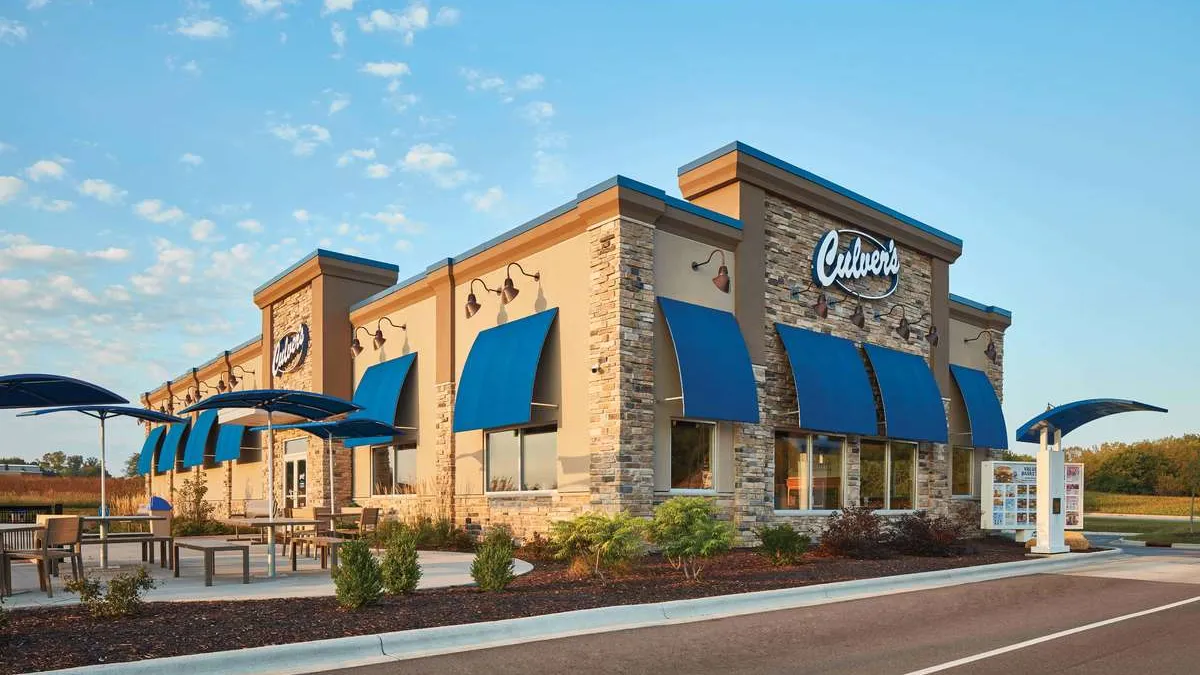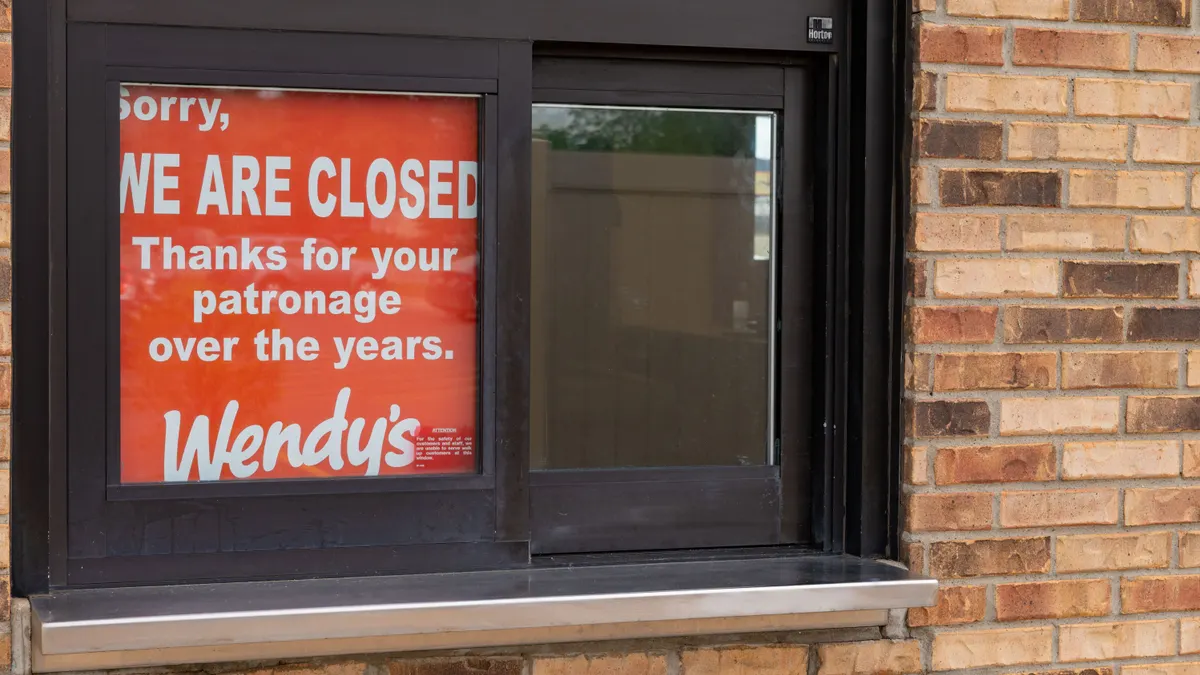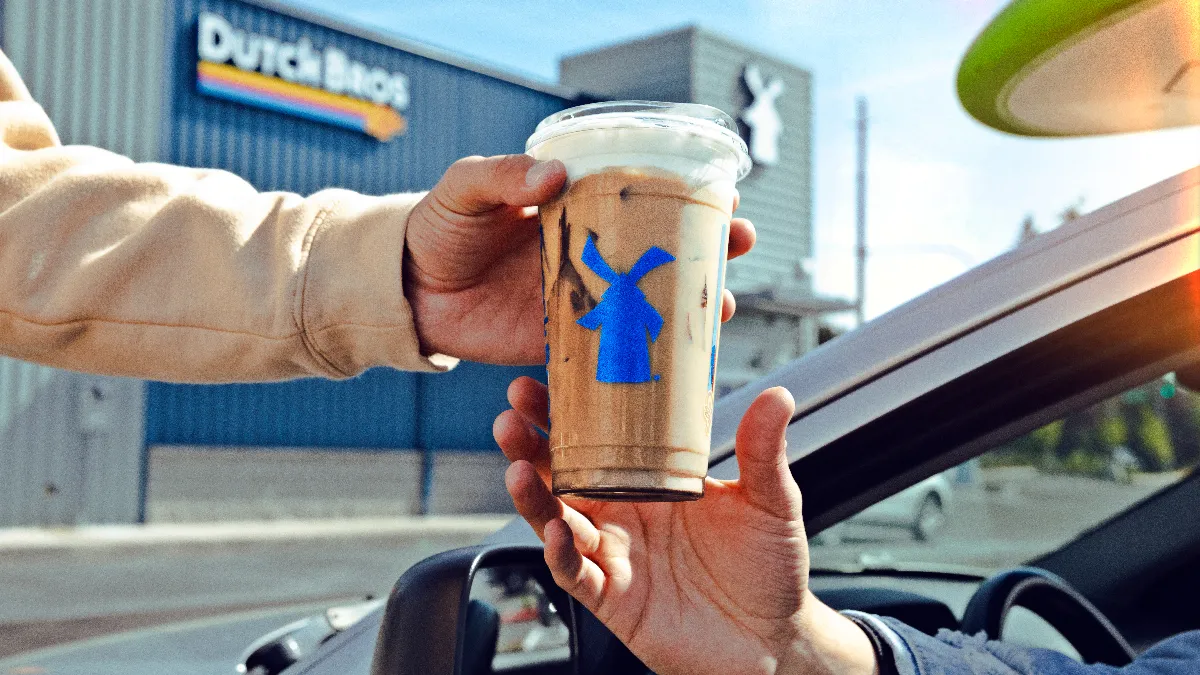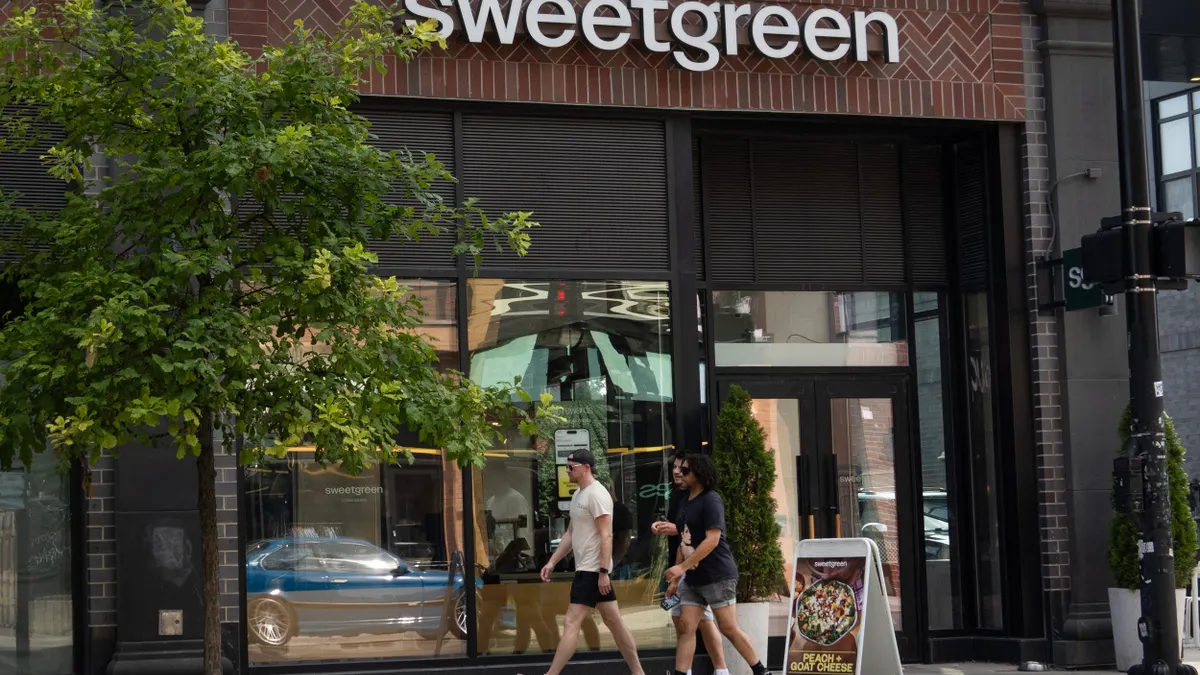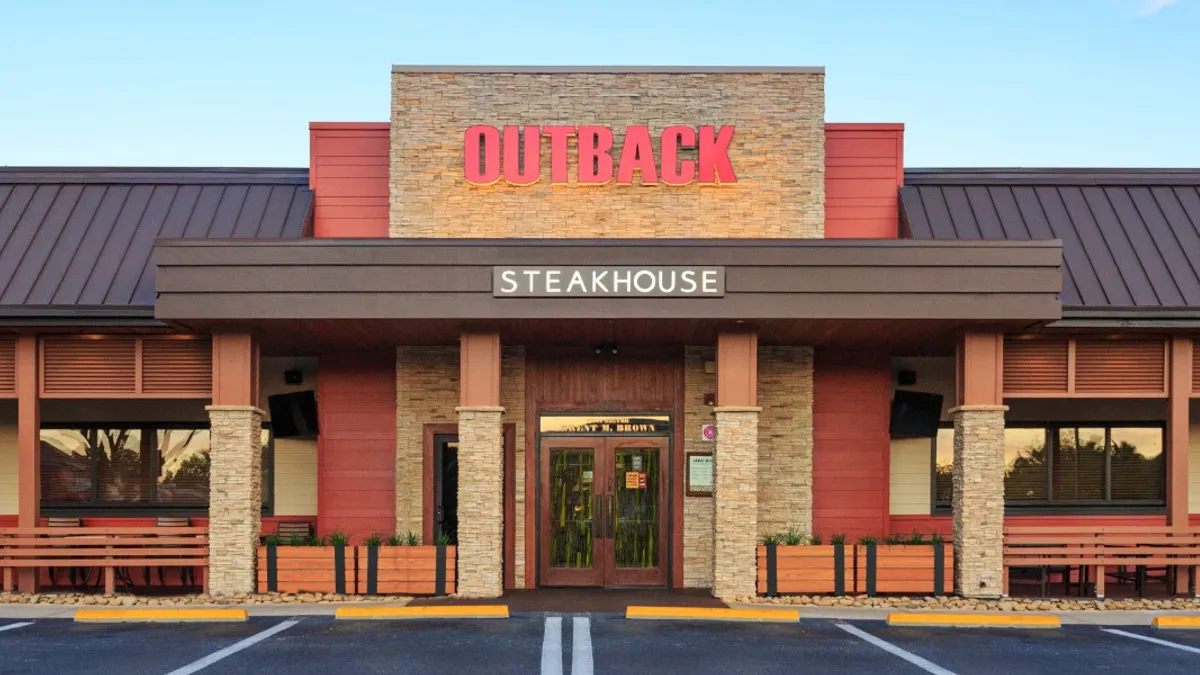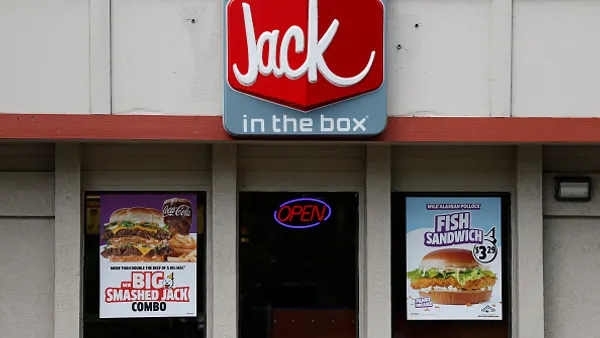Starbucks is closing or converting the vast majority of its mobile order and pickup-only stores to improve the in-store experience for its customers and reestablish its coffee shops as a third place, CEO Brian Niccol said during the company’s fiscal third quarter earnings call in June.
The Seattle-based coffee chain will still accept mobile and pickup orders, but wants to ensure it delivers the premium experience customers expect from the brand.
“We found the [mobile order and pickup] format to be overly transactional, and lacking the warmth and human connection that defines our brand,” Niccol said.
It turns out that many consumers are unwilling to “pay the Starbucks premium for the quick, don’t-talk-to-anybody experience,” said Ming-Tai Huh, head of food and beverage at Square.
So, as part of its turnaround strategy, Starbucks will experiment with two store formats that focus on off-premise dining while offering a higher level of service and hospitality. In 2026, the company will introduce a standalone format, which includes 32 seats and a drive-thru, and will cost about 30% less to build than a typical Starbucks store. A smaller format, designed for urban locations, will feature approximately 10 seats and is set to open in New York City first, Niccol said.
Starbucks is just one of many restaurant brands struggling to balance speed and efficiency with hospitality as digital ordering and off-premise dining take off, creating a wide range of challenges for operators. But mobile orders and pickups are here to stay, leading most brands to adopt an omnichannel approach, experts said.
“I don't think we're going to see restaurants or larger groups and chains pulling kiosks out, not optimizing their drive-thrus, or getting rid of their mobile apps,” Huh said. “That's just not going to happen.”
Creating more problems than they solve
Starbucks’ mobile order and pickup-only stores aimed to alleviate the complex challenges, such as queue management and staffing allocation, that restaurants face when implementing an omnichannel approach, experts said.
However, while the divide-and-conquer approach can simplify operations, it also has severe limitations, said Robert Byrne, senior director of consumer research at Technomic.
Amid price increases and income stagnation, it has become harder and harder for customers to “extract” value from restaurants, Byrne said. So, “a lot of that value comes from experience.”
And because mobile order and pickup-only stores offer a barebones guest experience, consumers don’t value it as much as a conventional quick-serve restaurant. As a result, they’re less willing to pay a premium for it.
“It's a commoditization of the brand,” Byrne said.
Brands like Cava and Shake Shack are taking their cues from Starbucks, with executives openly discussing plans to improve customer experience.
Mobile order and pickup-only stores also limit which customers a restaurant can serve and the options it can offer them, potentially reducing sales.
“When you cut yourself off from omnichannel, think about all the occasions that you cut yourself off from as a result,” Byrne said. “Everybody's looking to find traffic, and incrementality is more important than ever.”
For instance, many consumers will not purchase from mobile order and pickup-only stores because they prefer (or need) to order in person or over the phone, or pay cash. Older adults, people with low incomes and immigrants are the most likely to be affected, experts say.
Alienating people aged 65 and older, in particular, could be especially costly because it’s the fastest-growing demographic in the U.S.
“That’s where a lot of the wealth is,” Byrne said.
In addition, while mobile apps often give customers the ability to customize their orders, they also limit consumer choice by reducing available options. A simple substitution, such as replacing fried chicken with grilled chicken, may not be possible if it’s not built into the app and there’s nobody to talk to, Byrne said.
Mobile order and pickup-only stores also require consumers to plan ahead, limiting opportunities for spontaneity and discovery. Customers can’t just pop in at the spur of the moment, making it harder to sell limited-time offers and win over customers.
“The total number of consumers that say they ordered a limited-time offer is 2x for people who are first-time guests at a restaurant,” Byrne said, citing Technomic data. “So, if you are trying to force the transaction ahead of the actual point of sale, then you're potentially missing out on new guest acquisition.”
Brand reputation can also suffer as the guest experience measures for digital orders are also “much, much lower than the average, even for speed of visit,” Byrne said.
When mobile-only works
Still, mobile order and pickup-only stores can succeed in some markets, experts say.
Due to their lower real estate and construction costs, mobile-order-only stores are a viable option in high-traffic locations with grab-and-go customers, such as transit hubs and college campuses.
The format is best suited to places where “you don't want the highly transactional experience and the more experiential environment to conflict,” Huh said.
As a result, it can be a good fit for “any fast casual with a loyal digital base and high-traffic trade areas,” said Aaron Allen, founder and chief global strategist of Aaron Allen & Associates.
“Sweetgreen is practically engineered for this: digital-first, urban-dense and designed around app behavior,” Allen said.
Drive-thru lanes dedicated to mobile orders, such as those pioneered by Chipotle and Chick-fil-A, can also help omnichannel restaurants serve a variety of customers more efficiently.
“Chipotle and Chick-fil-A got it right by building separate lanes — they designed for digital rather than bolting it on,” Allen said. “But the future isn’t mobile-only — it’s mobile-also.”
That’s why most brands should focus on learning what their customers want and delivering a great omnichannel experience, rather than focusing myopically on operational efficiency, experts say.
“The critical question: is this about guest experience or cost-cutting? Because guests can smell the difference,” Allen said.


